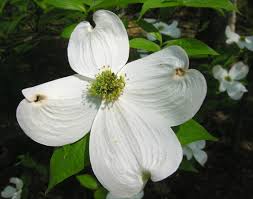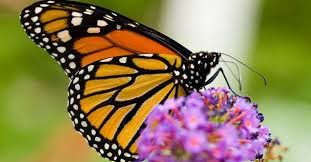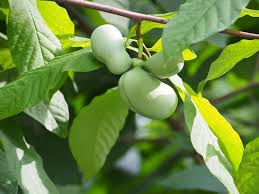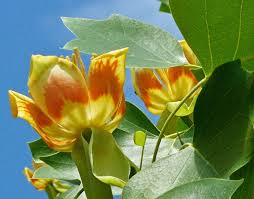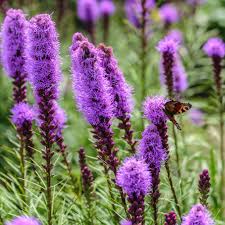Native Plant of the Month: Flowering dogwood
The flowering dogwood (Cornus florida), belonging to the Cornaceae family, is native to a vast stretch from southeastern Canada through the eastern United States and into eastern Mexico. Thriving in USDA hardiness zones 5-9, its botanical name, Cornus florida, reflects its characteristics. “Cornus” originates from the Latin word for horn, likely alluding to the tree’s dense wood. “Florida” derives from the Latin term for flowering.

Flowering dogwoods flourish in acidic to neutral soil pH and prefer partial shade. As deciduous understory trees, they typically reach heights of 15-30 feet, favoring growth beneath larger shade trees where they receive filtered sunlight rather than direct exposure.
While these trees can withstand heat once established, their shallow root system renders them less drought-tolerant. Their blossoms emerge in early spring, typically from late March to mid-May, preceding the development of leaves. Interestingly, what appears to be flowers are actually modified leaves known as bracts. Surrounding the small greenish-yellow actual flowers, these white, petal-like bracts form clusters of 20-30, adding to the tree’s ornamental charm.
Flowering dogwoods are highly prized for their ornamental appeal, and their numerous cultivars are popular additions to landscapes. Offering year-round interest, these trees enchant with their striking features across all seasons.
In spring, they dazzle with their delicate bracts, followed by lush foliage and distinctive branching throughout summer. Come autumn, their leaves transition to a captivating reddish hue, complemented by the emergence of vibrant fruit. Even in winter, their branching structure and bark add visual intrigue to the landscape.
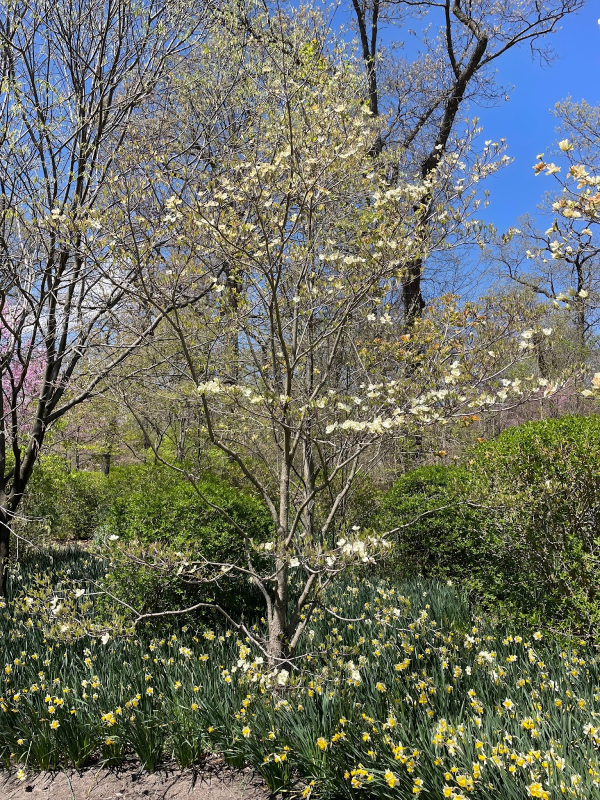
Beyond their aesthetic allure, flowering dogwoods play vital ecological roles. They serve as the primary host plant for spring azure caterpillars and attract a variety of insects, including specialized bees, beetles, and flies. Their pollinated flowers give rise to bright red fruit, often mistaken for berries but technically classified as drupes due to their hard outer skin. These drupes serve as a crucial food source for numerous birds and mammals, enhancing the tree’s ecological significance in addition to its visual charm.

